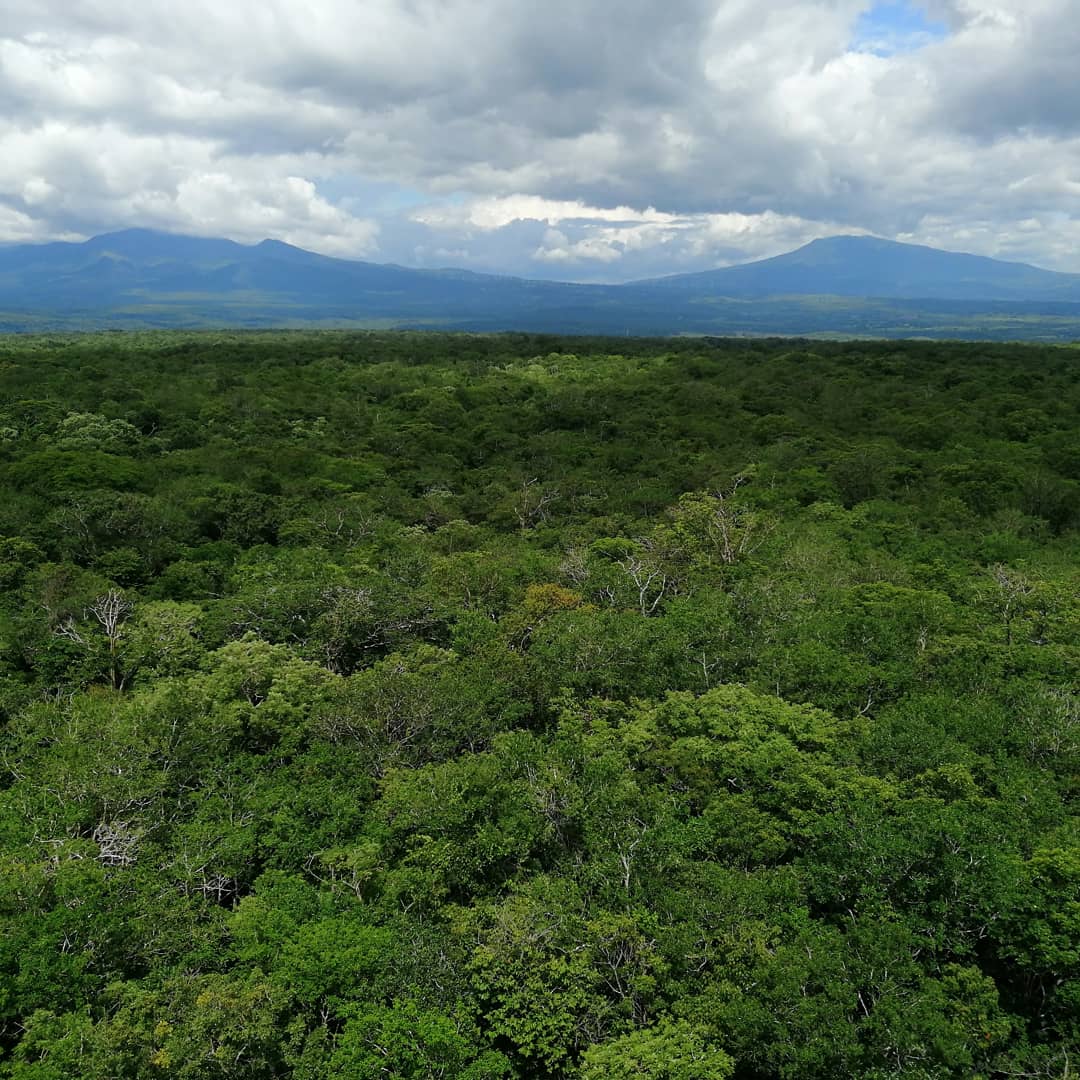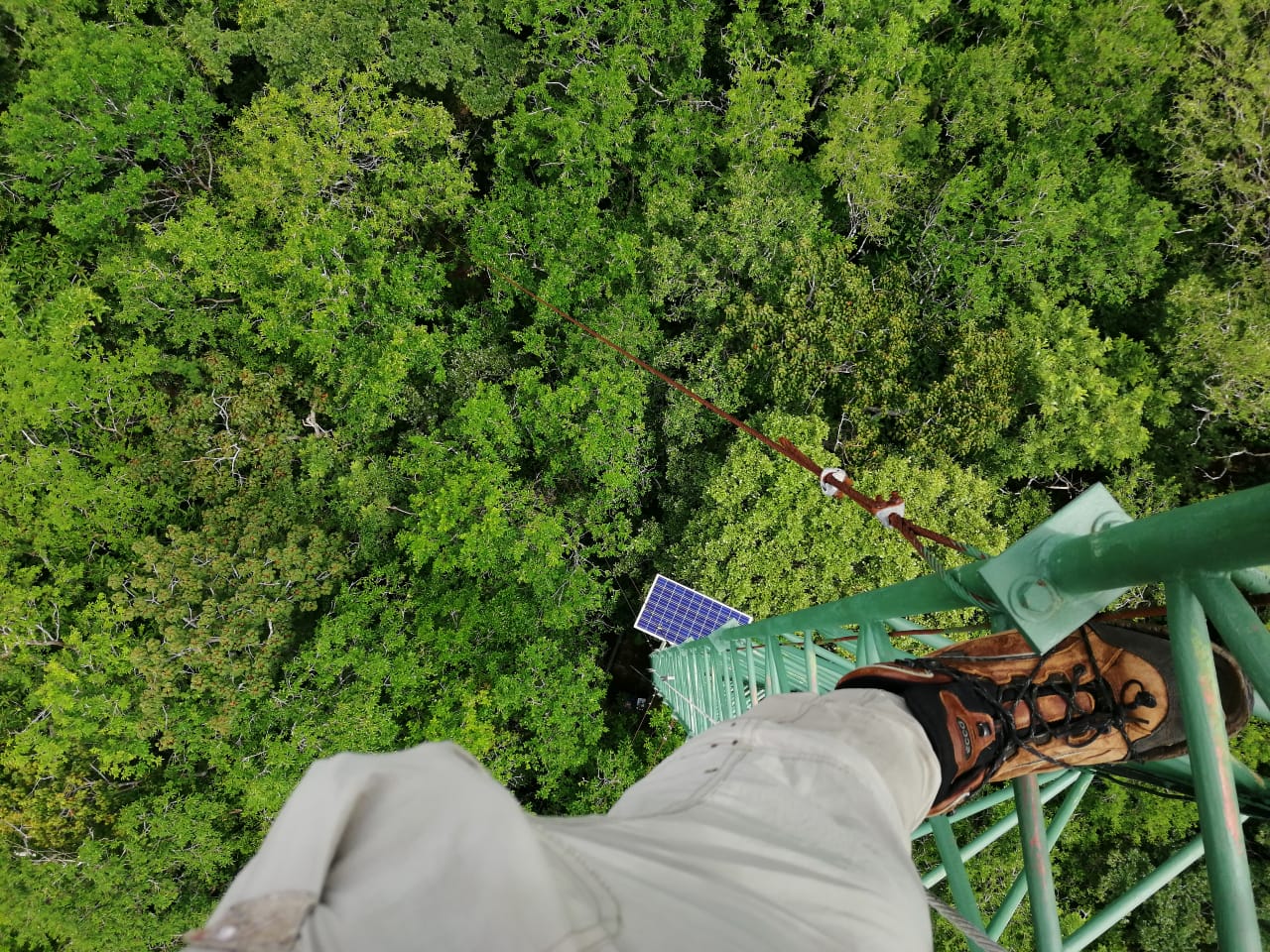
Figure 1: View from the Flux Tower in Santa Rosa National Park, Costa Rica
Summary of the project
Photosynthesis by terrestrial vegetation is the primary driver of many biogeochemical cycles on Earth. Quantifying photosynthesis and thus the amount of carbon fixed (Gross Primary Production) is essential to understand the ecosystems health, global change, biodiversity and agriculture.
The principal method to estimate GPP is Eddy Covariance technique which is a method in-situ which have an spatial constrain. Satellite remote sensing techniques can overcome spatial constrain but uncertainties are higher.
This research evaluates the estimations of GPP obtained from the Moderate Resolution Imaging Spectroradiometer (MODIS) with GPP estimations obtained through Eddy Covariance technique in a tropical dry forest in Santa Rosa National Park, Costa Rica.
Trends of GPP obtained from MODIS did not match the patterns and seasonality of GPP estimated in-situ. Results of regression between NDVI derived from MODIS and GPP estimated in situ was statiscally significant (R2 = 0.84, F(1, 28) = 152.26, p < .001, adj. R2 = 0.84) and higher than the linear model between EVI derived from MODIS and GPP estimated in-situ (R2 = 0.79, F(1, 28) = 102.72, p < .001, adj. R2 = 0.78). Residuals derived from both linear regression did not show any pattern within the months available for the study. A direct gradient analysis showed that the driest months were related more with air temperature and vapour presure deficit. GPP, EVI and NDVI derived from MODIS were more influenced by relative humidity, latent heat and soil water content in months with higher values of precipitation.

Figure 2: View from the Flux Tower in Santa Rosa National Park, Costa Rica
I’m Ronny Hernández Mora, a MSc student at the Earth and Atmospheric department of the University of Alberta, Canada.